Enter a surname, town name or other keyword to search the database. Remember to
allow for the different spellings of 'Mc' and 'Mac.' Good luck!
{Search tips: Use single word search terms for more results}
You must enter some valid character(s) into the search field
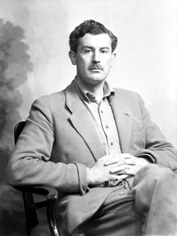
Reference: 40813a
Lord Lovat. Brigadier Simon Ch...
|

Reference: 44611f
Lieutenant John C.O.R Hopkinso...
|
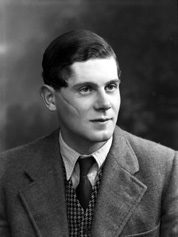
Reference: 44611e
Lieutenant John C.O.R Hopkinso...
|
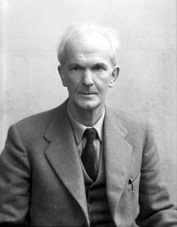
Reference: 45732a
Neil M. Gunn c1960. Neil Mille...
|

Reference: 25909a
Neil M. Gunn in June 1927. Nei...
|
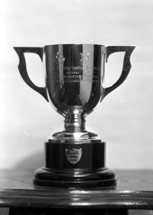
Reference: 28434
Annual Athletic Meeting (Recru...
|
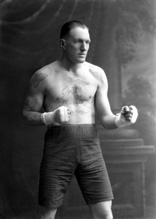
Reference: 24286
Sgt Donald Stewart, Seaforth H...
|
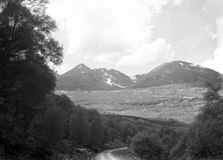
Reference: H-0206
An Teallach, Wester Ross, from...
|
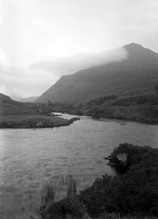
Reference: H-0207
Scottish Highlands. *...
|
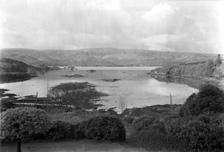
Reference: H-0208
Scottish Highlands. *...
|
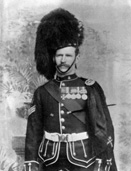
Reference: H-0203
Lt.Col Donald Dickson Farmer (...
|
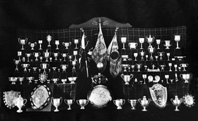
Reference: 30378d
The Ante-Room, Sgts Mess 2nd H...
|